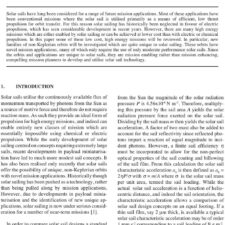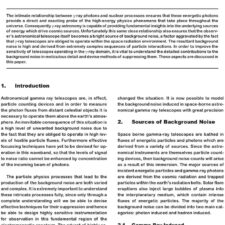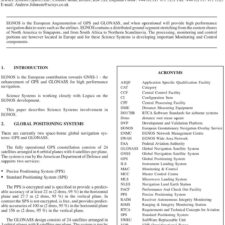CASSIOPeiA – Beamed Power Through The Long Lunar Night
£5.00
I. Cash. (2021), JBIS, 74, pp.202-211
Refcode: 2021.74.202
Abstract:
With renewed interest for exploring and exploiting the Moon, the challenges of providing power during approximately 354 hours of darkness are formidable. Whereas robotic missions may have the option of entering hibernation, this is not feasible for proposed long-term human habitation on the lunar surface. Solutions to this issue include large-scale photovoltaics with high energy battery storage, in-situ nuclear power generation and beamed power from orbit. For beamed power, the choice falls between laser and microwave power transfer with lasers having the benefit of needing much smaller apertures to focus over multi-thousand-kilometre beaming distances. This paper argues the advantages of microwave beaming in conjunction with the unique 360-degree steering capabilities of the CASSIOPeiA (Constant Aperture, Solid-State, Integrated, Orbital Phased Array) concept. Scenarios considered include short distance surface power transfer between lander and rover (e.g. for exploring permanently shadowed craters), minimal orbits for providing regular intermittent power (including to locations at local lunar midnight), minimal constellations providing year-round continuous power (excepting lunar eclipse) and gargantuan power satellites in halo orbits about Earth-Moon Lagrange points 1 & 2, providing city-scale baseload power to almost the entire near and far-side lunar hemispheres.





